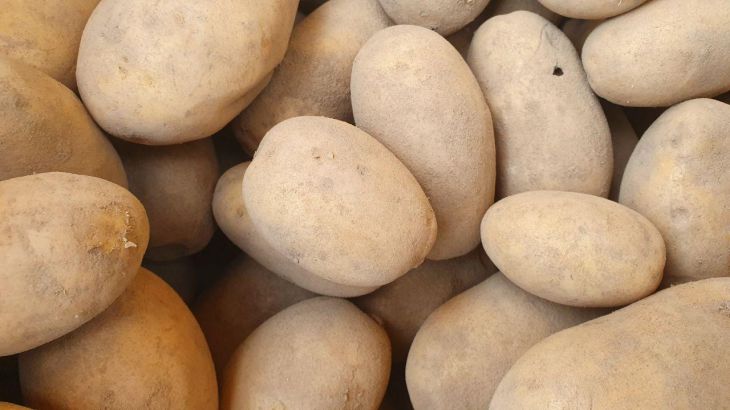How can you prevent potatoes from sprouting in the cold season and preserve their quality? There are several simple and effective methods that experienced owners share.
Selecting a variety and harvesting
The first step to successfully storing potatoes in winter is choosing the right variety. Late and mid-late varieties are best, as they have a denser and thicker skin than early varieties.
Such varieties are less susceptible to rotting, disease and damage.
Harvesting should be done in dry and warm weather, when the soil is not too wet.
Potatoes need to be carefully dug up without damaging the tubers, and left on the surface of the ground for several hours to dry.

The potatoes should then be separated from the ground and sorted by size and quality.
Large and whole tubers are stored, while small, damaged ones are used as animal feed or processed.
Preparing the premises and storage containers
Any dark, dry and cool place where the temperature does not fall below 0 °C and does not rise above 10 °C is suitable for storing potatoes in winter.
This could be a basement, cellar, storage room or a special box on the balcony.
The main thing is that the room has good ventilation and no direct sunlight, which promotes potato germination.
To store potatoes, you can use various containers: wooden or plastic boxes, bags, baskets, buckets, etc.
It is important that the containers are clean, dry and have holes for air exchange.
Caring for Potatoes During Storage
During the winter, it is necessary to regularly check the condition of the potatoes and remove sprouted, rotten or dried tubers.
You should also monitor the temperature and humidity in the room and adjust them if necessary.
If the potatoes start to sprout, you can try lowering the temperature or reducing the lighting.
Earlier we talked about whether it is possible to freeze tangerines .








